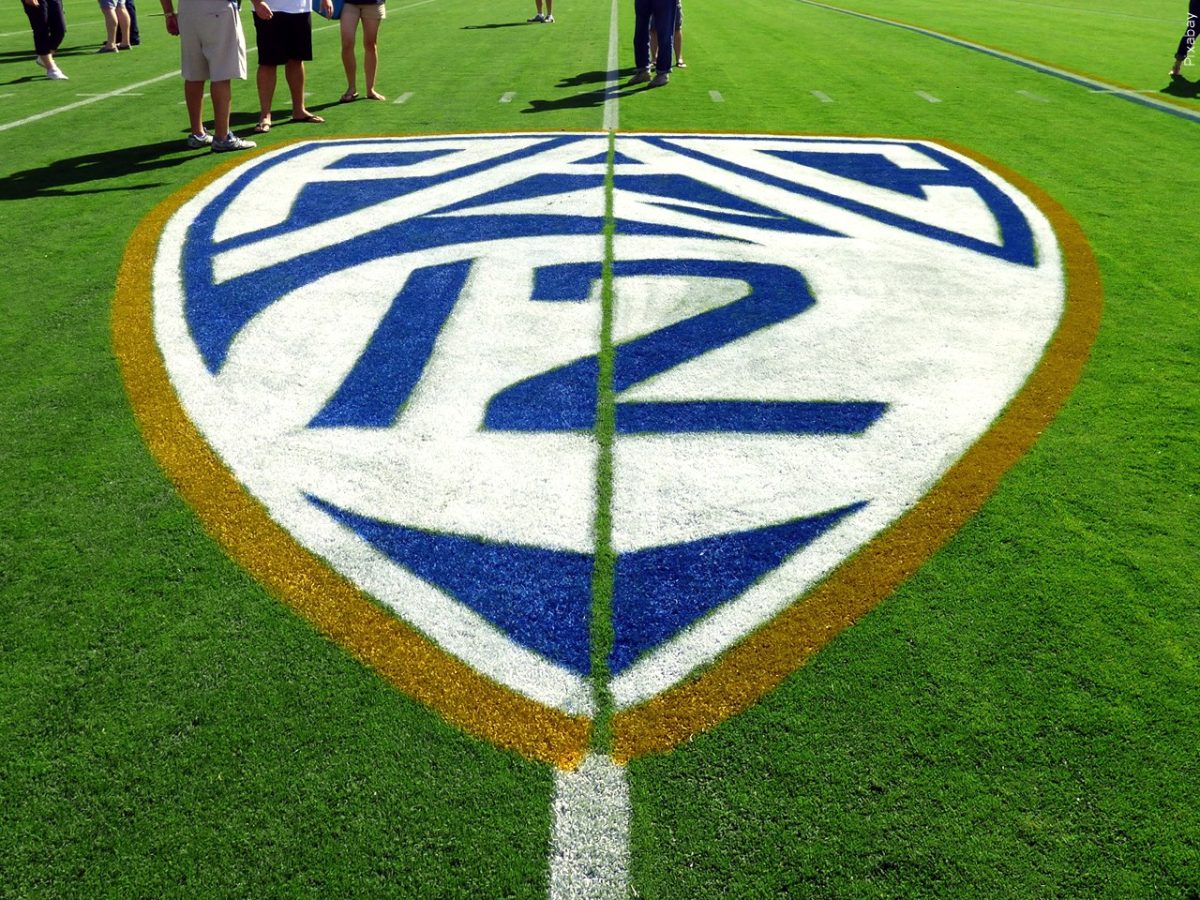It was recently announced that the depleted Pac-12 conference will add Boise State, Colorado State, San Diego State and Fresno State starting in 2026. The addition of these four schools is massive for a conference struggling to stay afloat.
For most of the history of college athletics, the Pac-12 conference was a part of the “Power Five,” a group of conferences that held the most competitive schools and their sports teams. However, following the end of the 2023-2024 season for athletics, 10 of its 12 teams sought greener pastures, joining either the Big 10, Big 12 or ACC.
Despite the departure of arguably all of the conference’s marquee teams, the Pac-12 continues through the 2025-2026 season as a two-team conference, featuring Oregon State University and Washington State University as its only members.
Some would argue that these two schools should ditch the Pac-12 altogether, and they should join another major conference instead.
“The Pac-12 should dissolve, and Oregon State should move to the Big 10 with Oregon,” said Dylan Lewis, a senior marketing major.
Although the teams the conference is adding are “Group of Five” teams, a name given to the non-Power Five FBS conferences, they all bring with them a very recognizable brand. They have made some sparse appearances in the national AP poll for football over the past few years, and some of them boast very recognizable college sports venues, like Boise State’s iconic blue field.
Joining the Pac-12 only helps build the brands of these schools as well. Although it ultimately lost most of its teams, the conference produced a Heisman winner and no. 1 overall NFL draft pick in Caleb Williams over the past two years, as well as the runner-up in the National Championship Game just eight months ago in the University of Washington.
The addition of these teams was likely done with football at the forefront of the decision. For the new 12-team College Football Playoff that takes effect this year, Oregon State and Washington State are ineligible for the highly-coveted automatic bid that goes out to conference champions, insinuating that the college football world no longer recognizes the Pac-12 as a power conference.
This added obstacle to the postseason is one that could cost these schools a considerable amount of money, as the revenue brought in from a playoff selection reaches hundreds of thousands to millions of dollars.
“I think the Pac-12 should die out. All of the big West Coast schools have now either joined the Big 10 or Big 12,” said Owen Faulk, a senior accounting major. “All of the money and big schools have left, and now it’s not even considered a Power Five school.”
Other sports for all of these schools, whether they are already in the conference or will be joining soon, could potentially see negative effects as a result of the realignment.
For most Power Five schools, the football team seems to receive a large portion of the athletics budget, making long trips, some being cross-country, much more manageable. However, some sports cannot afford to fly to their opponents, meaning they likely have to take long bus drives that could affect their performance.
On top of that, the schedule for football teams is much more favorable for making long trips. With most college football games taking place once a week over the weekend, that leaves plenty of time for travel and recovery before having to compete again.
However, other sports may have multiple games a week on top of classes during that time, causing not only their athletic performance to be potentially affected but their academic performance as well.
The Pac-12 will likely still need to add a few more teams to return to the national spotlight as a power conference, but the addition of these four teams marks a step in the right direction toward that goal.


